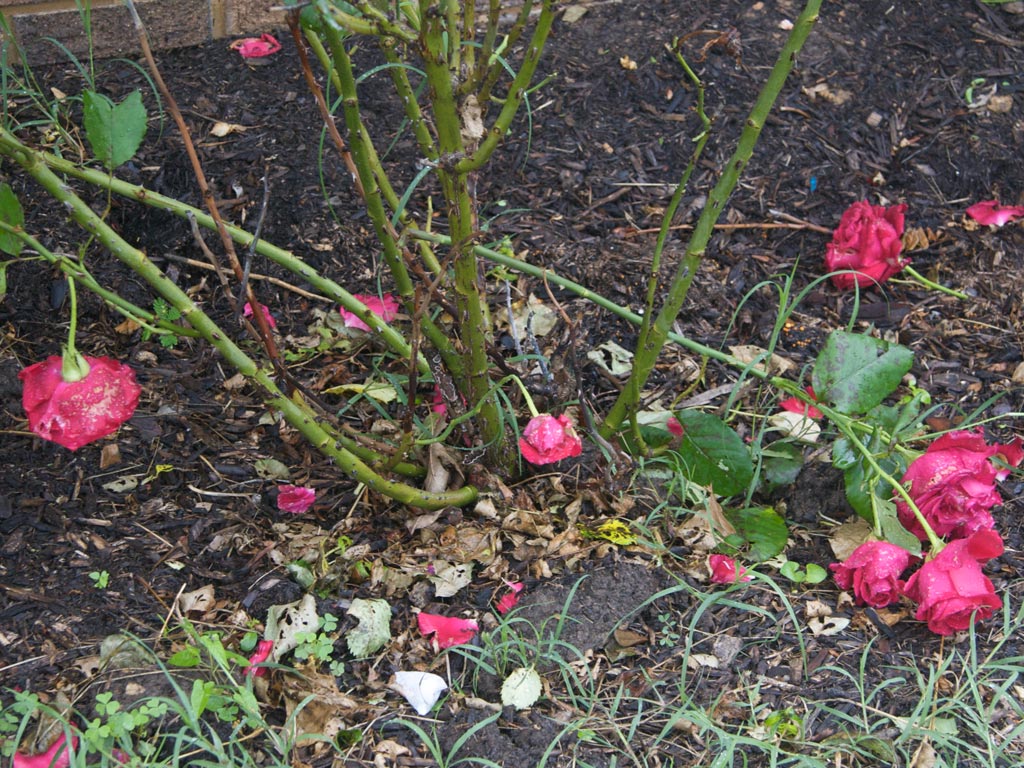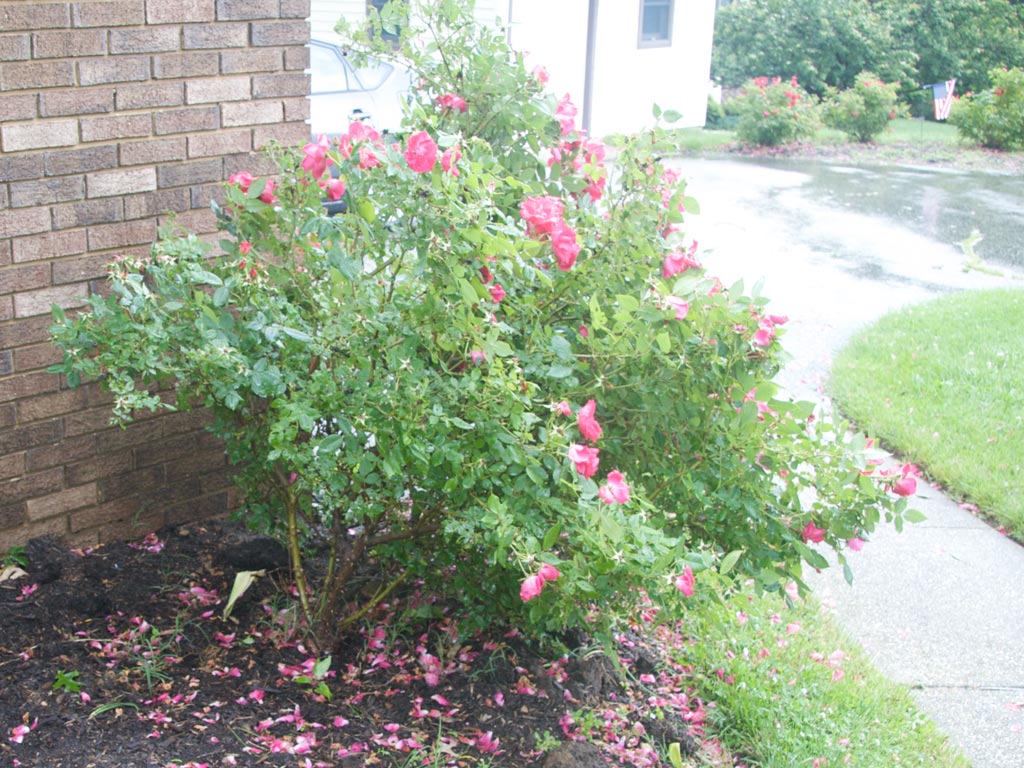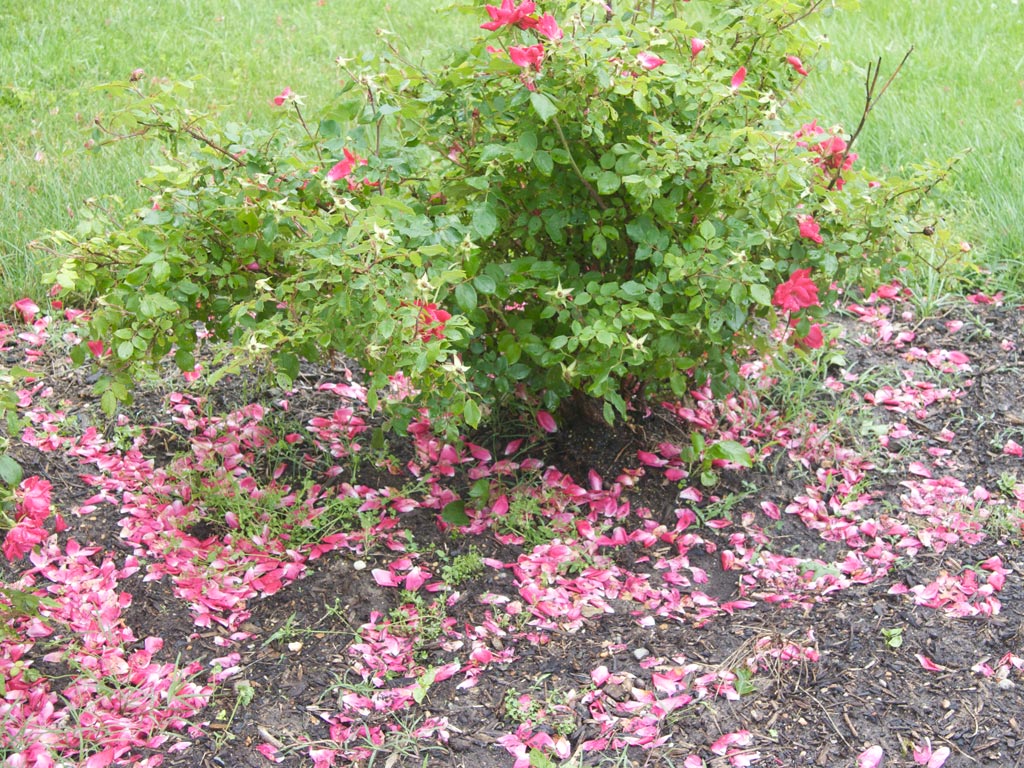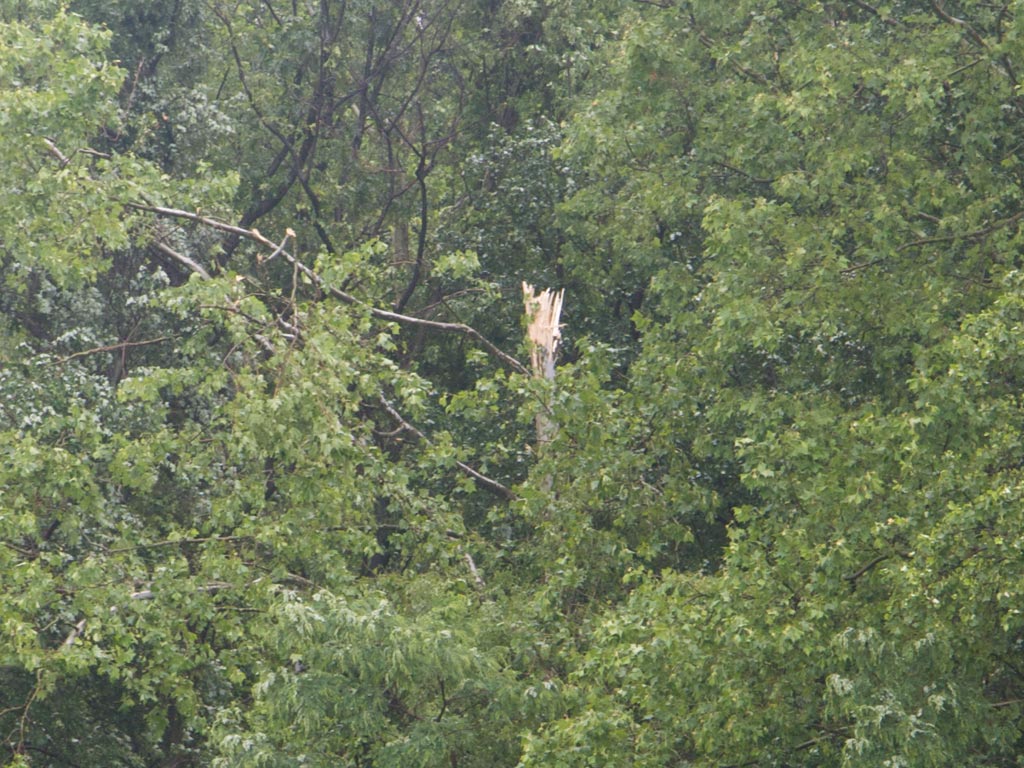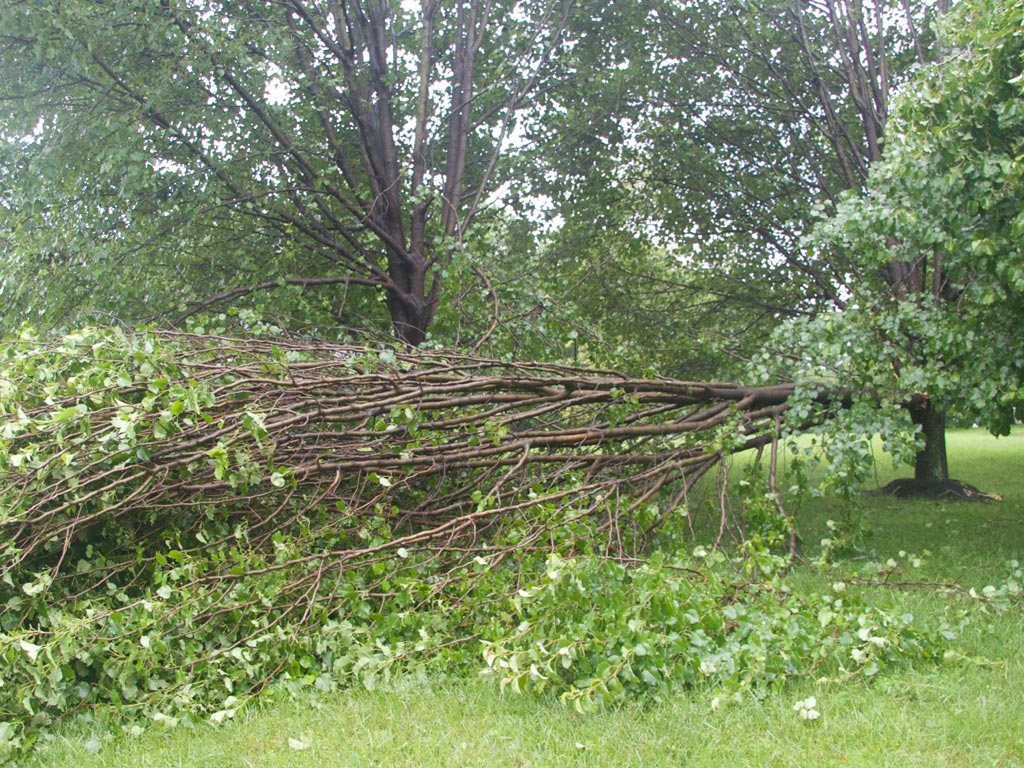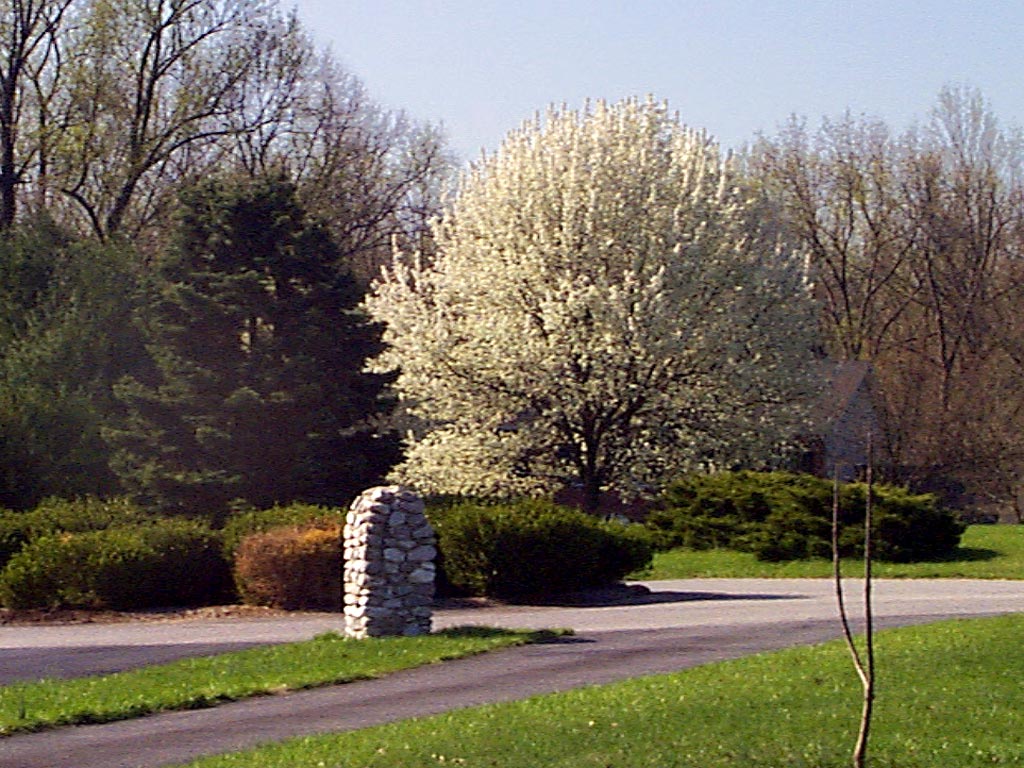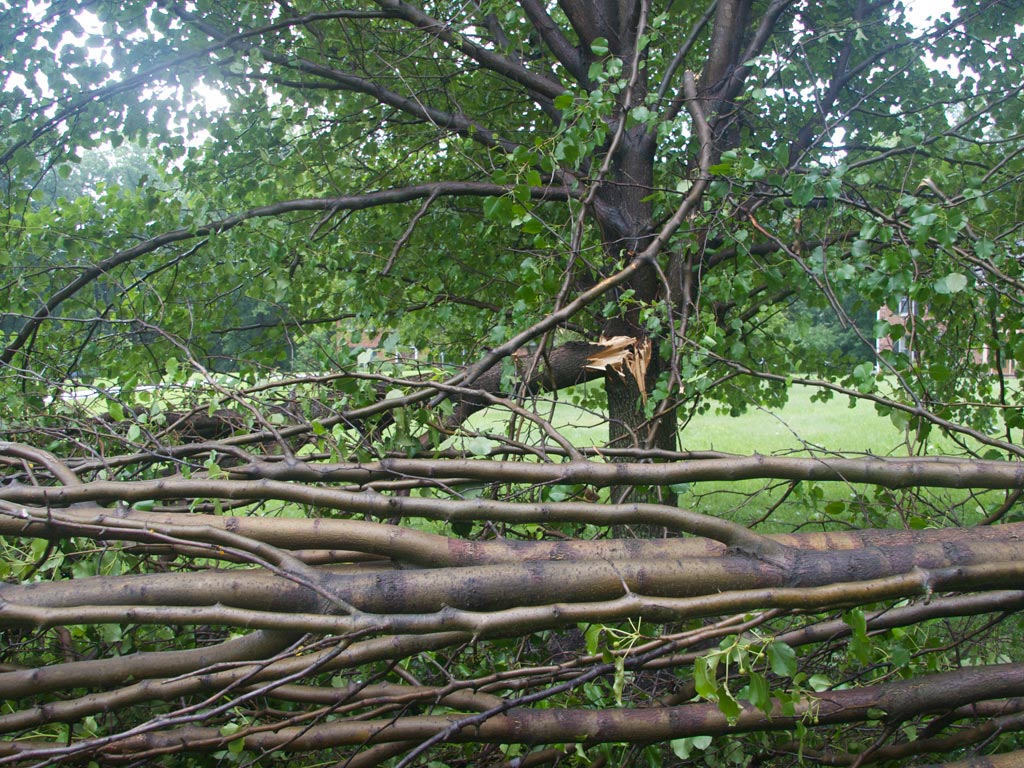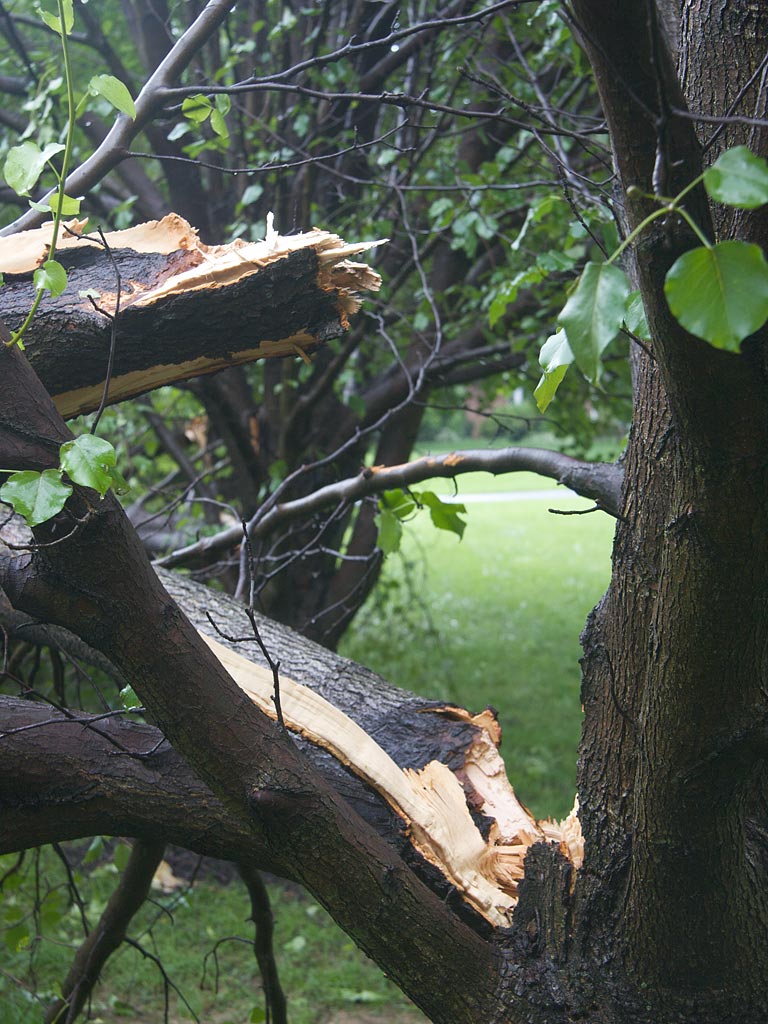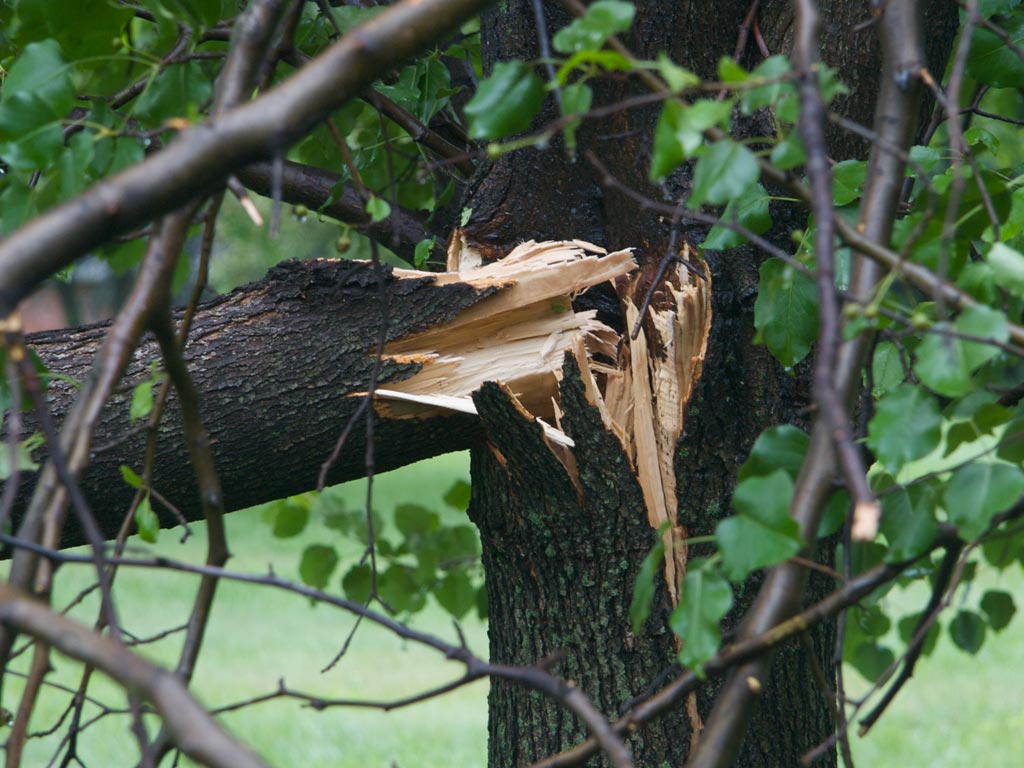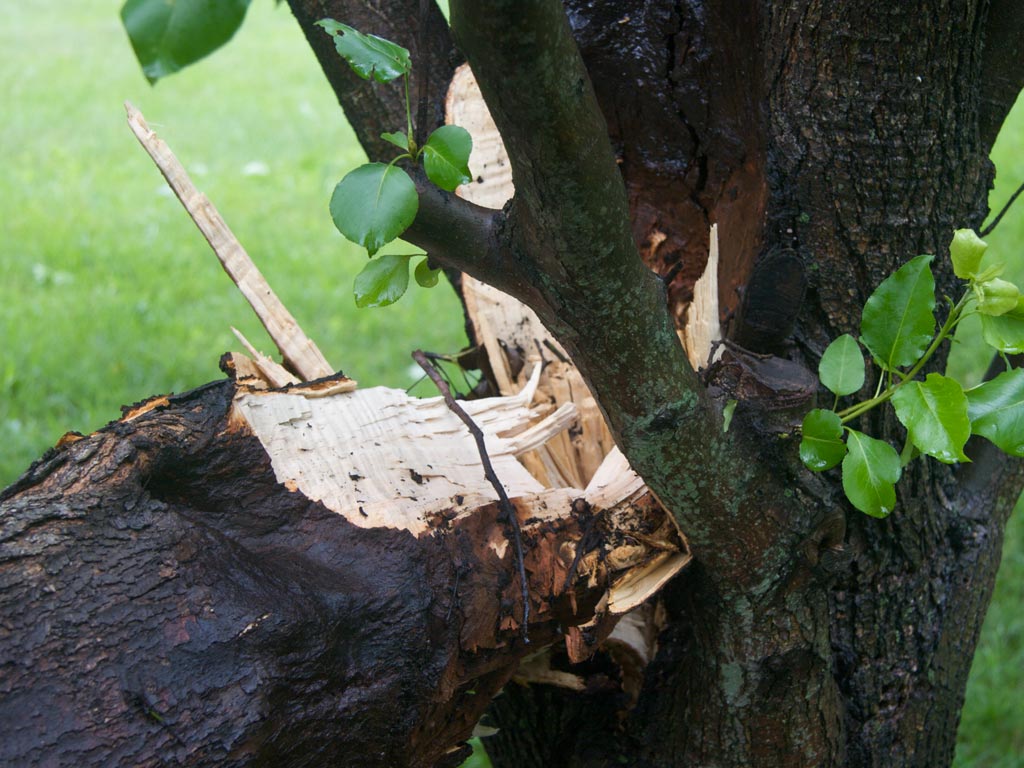One of our neighbors fared much worse than us. All three of his Bradford Pear trees were
severely damaged. Bradford Pear trees are infamous for being unable to withstand wind
storms. The trees are native to China and are considered by many arborists to be an
invasive species. They are easy to grow and they spread easily as birds carry their seeds
in their droppings. The Bradford Pear’s small, hard fruit is not eaten by humans. The attraction
of the Bradford Pear is easily seen below. The trees have a perfect shape and their flowers in
spring, the summer foliage, and their long-lasting fall foliage make them irresistible to
many homeowners. They are disease and blight resistant and are much more likely to suffer
wind damage (as noted!) than to succumb to other causes.
